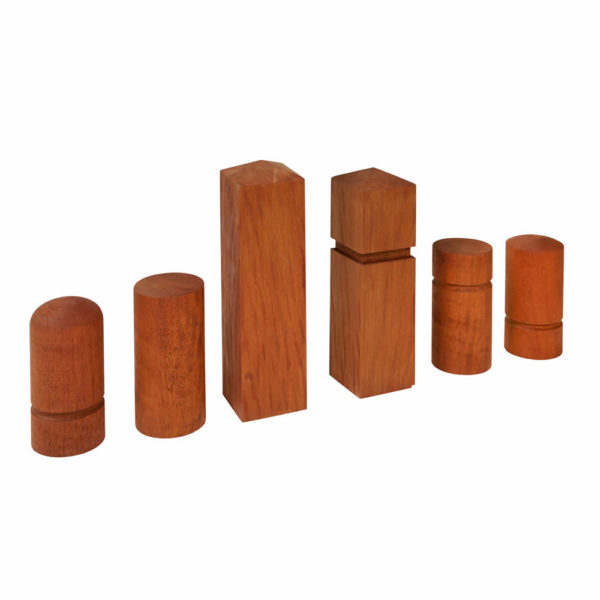Common Timber Bollard Installation Mistakes (and How to Avoid Them)

Timber bollards are a popular choice for car parks, pedestrian areas, and landscaping projects because they combine strength with a natural, timeless look. However, even the highest quality timber bollards can fail prematurely if they’re not installed correctly.
At Orchard Street Furniture, we’ve supplied and advised on bollard installations across the UK and we’ve seen the same avoidable mistakes crop up time and again. In this guide, we’ll walk you through the most common installation errors and how to avoid them, so you get the most from your investment.
-
Poor Ground Preparation
If the ground isn’t prepared properly, your bollards can lean, loosen, or even fail completely.
Common mistake: Installing directly into soft or unstable soil without compacting or creating a proper foundation.
How to avoid it:
➤ Dig a hole to the correct depth, usually at least 25% of the bollard’s total length.
➤ Add a compacted gravel base to improve drainage.
➤ For extra stability, use a concrete foundation — especially in high-traffic areas.
-
Skipping Timber Treatment or Protection
Even pressure-treated timber bollards benefit from extra protection before installation.
Common mistake: Installing untreated or unsealed timber, which can lead to rot, splitting, and insect damage.
How to avoid it:
➤ Always choose bollards from a reputable supplier (like Orchard Street Furniture) that use FSC-certified, pressure-treated timber.
➤ Apply an additional weatherproof sealant before and after installation for extra longevity.
-
Incorrect Alignment and Spacing
Poor alignment doesn’t just look unprofessional — it can also reduce effectiveness in vehicle control or pedestrian guidance.
Common mistake: Guessing distances instead of measuring, resulting in uneven gaps.
How to avoid it:
➤ Use string lines and spacing markers during installation.
➤ Follow the project’s design plan, keeping consistent distances (often 1.2–1.5m apart).
➤ Check alignment from multiple angles before final fixing.

-
Using the Wrong Fixing Method
Choosing the wrong fixing method can mean the bollard isn’t secure or is difficult to replace later.
Common mistake: Using surface-mount fixings when a root-fixed design is needed (or vice versa).
How to avoid it:
➤ For permanent installations, use root-fixed bollards set into concrete.
➤ For removable or flexible access control, consider socket-mounted bollards.
➤ Always match the fixing method to the site’s needs and ground conditions.
-
Ignoring Drainage Needs
Timber is durable, but it doesn’t like sitting in water.
Common mistake: Allowing water to pool around the bollard base, leading to premature decay.
How to avoid it:
➤ Install with a gravel base below the bollard to aid water runoff.
➤ Ensure concrete doesn’t trap moisture around the timber — leave a small gap for drainage.
Get Expert Help with Timber Bollard Installation
Avoiding these mistakes not only improves bollard performance but also saves money on repairs and replacements. At Orchard Street Furniture, we supply high-quality, sustainably sourced timber bollards and offer expert advice to ensure your installation is done right first time.
➤ Large range of sizes and styles
➤ FSC-certified, pressure-treated timber
➤ Custom finishes and reflective options available
If you’re planning a project and want the best results, contact our team today for a free, no-obligation quote.
